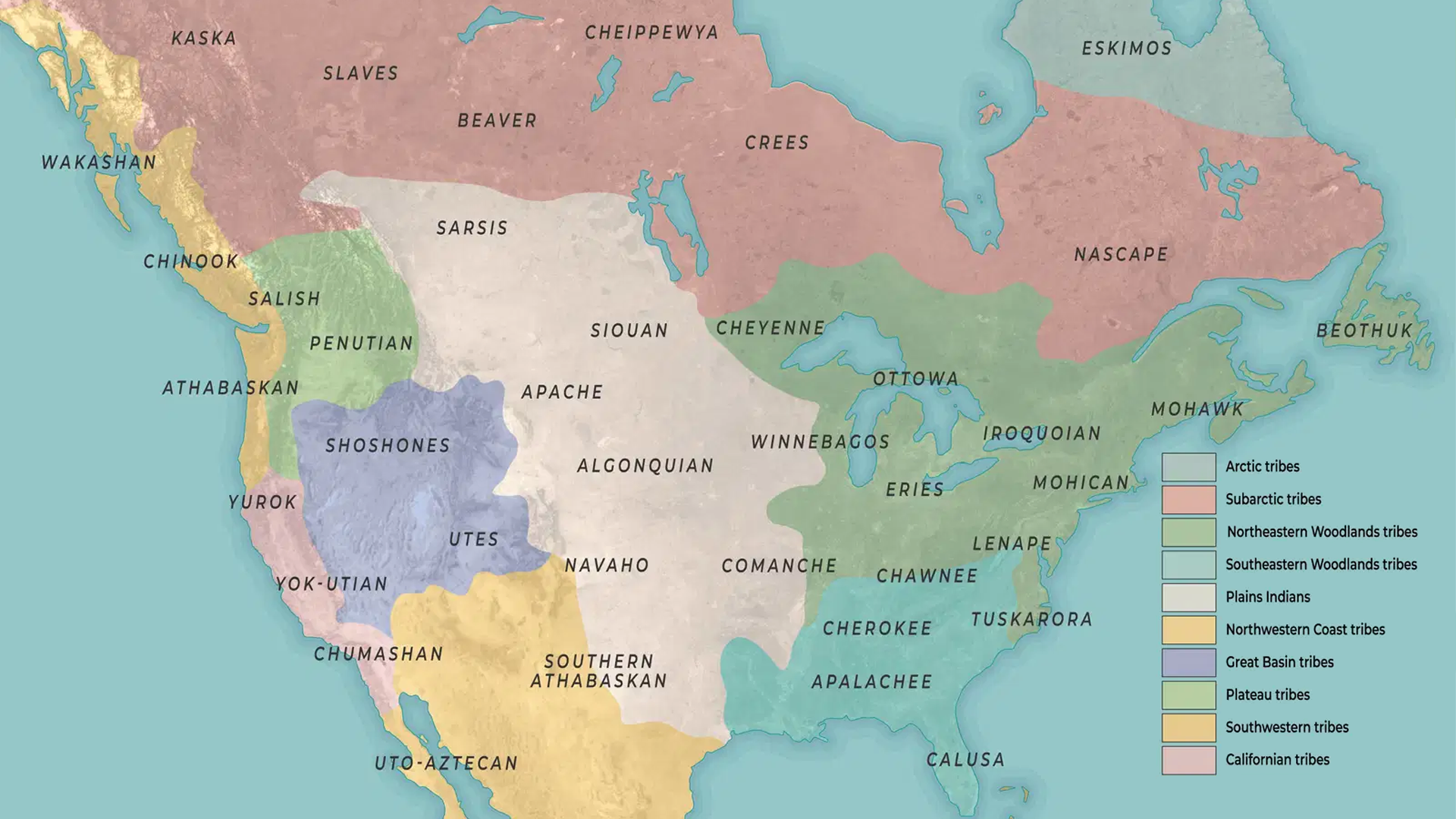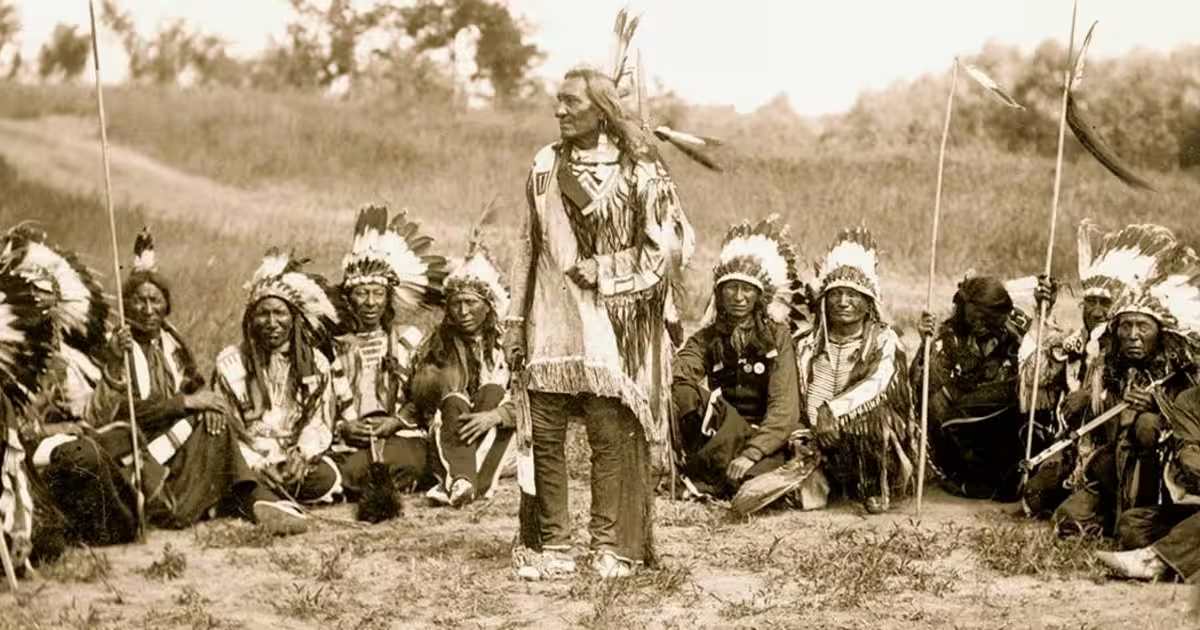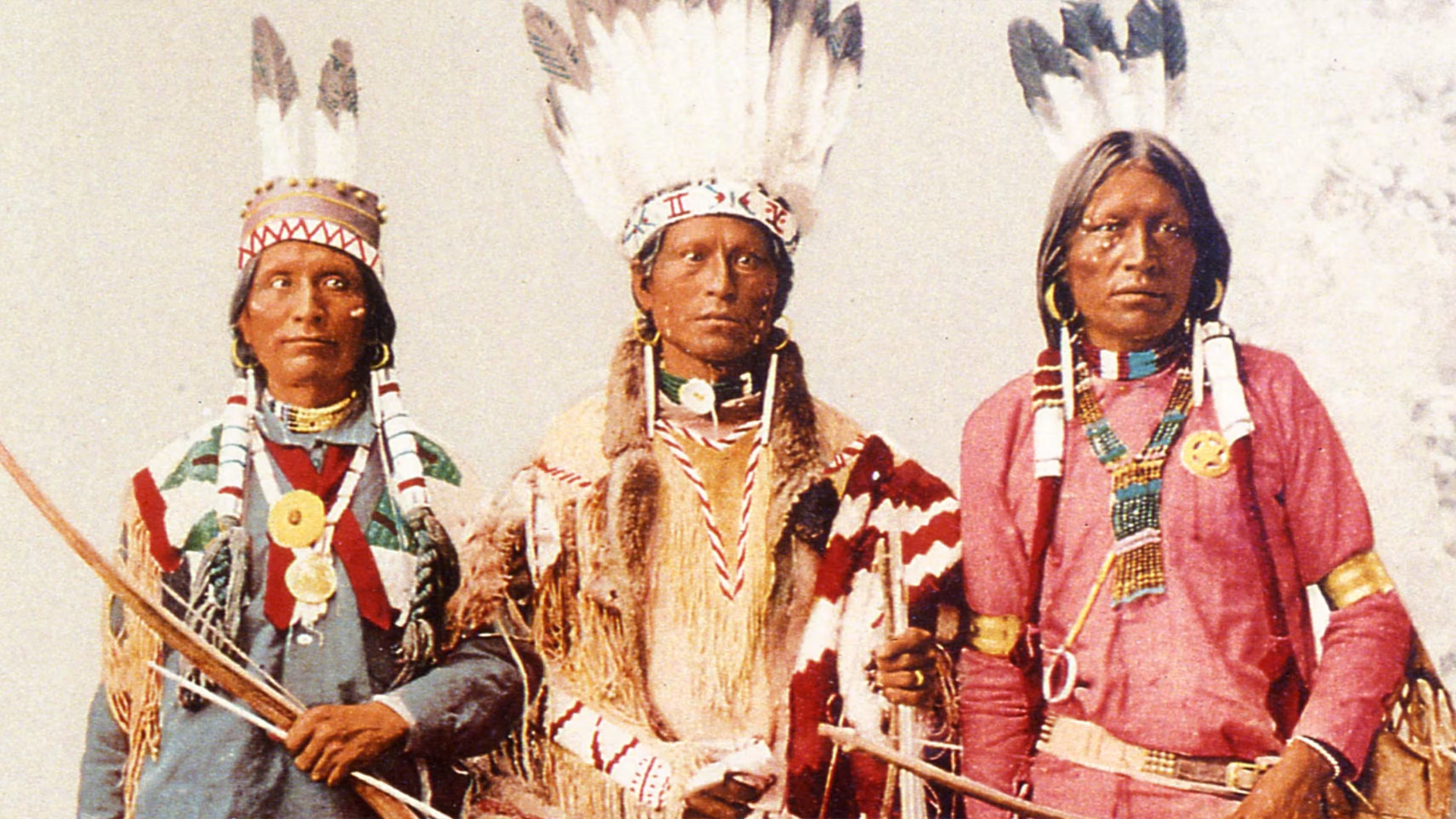Indigenous Nations Before European Contact

Map of North America showing Indigenous cultural regions before European contact.
The Dive
For over 12,000 years, long before Columbus, Indigenous peoples lived, thrived, and built communities across the continent. Migrating over the Bering Land Bridge from Asia, the earliest Paleo-Indians hunted mammoths and giant bison, adapting to an Ice Age world that demanded resilience and skill.
As climates warmed, the Archaic period (roughly 8000–1000 BCE) saw people diversify their ways of life. Hunting smaller game, gathering plants, and experimenting with early farming techniques, Native peoples began to settle more permanently in river valleys and forests. They invented tools, built shelters, and developed regional traditions shaped by their environments.
The Woodland period (1000 BCE–1000 CE) marked the rise of even more complex societies. Farming became central, with maize, beans, and squash—known as the 'Three Sisters'—providing reliable food. Native peoples built earthworks like the Great Serpent Mound in Ohio and constructed trade networks that stretched hundreds of miles, exchanging shells, copper, obsidian, and ideas.
By the centuries just before European contact, vibrant nations and confederacies thrived across North America. The Iroquois Confederacy in the Northeast created a model of shared governance. The Mississippian culture built cities like Cahokia, with massive mounds and bustling markets. In the Southwest, the Ancestral Puebloans engineered irrigation systems to farm desert land. Each region reflected a genius for adaptation.
Indigenous economies were as varied as the land itself. Plains peoples hunted bison and used every part of the animal; coastal nations fished the seas and crafted canoes; desert farmers grew crops in arid soil; forest dwellers tapped into vast woodlands for food and shelter. What united them was not sameness but an ethic of balance, using resources carefully and respecting the cycles of nature.
Cultural values were embedded in daily life. Many Indigenous traditions emphasized kinship, oral storytelling, and spiritual connections to the land. Decisions often centered on community well-being and the wisdom of ancestors. These values created systems of governance, art, and spirituality that shaped identities and resisted easy comparison to European models.
When Europeans arrived, they encountered not an 'empty wilderness' but a continent filled with thriving nations. Indigenous peoples had already written a deep history into the land—through their cities, fields, trails, and stories. Recognizing that heritage challenges myths of 'discovery' and highlights the original stewards of North America’s diverse landscapes.
Why It Matters
Understanding Indigenous nations before European contact reveals that North America was never an untouched wilderness. It was home to cultures that adapted, innovated, and thrived for millennia. Their stories remind us that the foundation of American history includes Native peoples’ resilience, creativity, and contributions—many of which still shape our society today.
?
What were the major cultural periods (Paleo-Indian, Archaic, Woodland), and how did they differ?
How did Indigenous peoples adapt their ways of life to different geographic regions?
What role did trade networks play in connecting distant Indigenous nations?
In what ways did Indigenous governance systems, like the Iroquois Confederacy, influence American democracy?
Why is it important to challenge the myth that Europeans 'discovered' an empty continent?
Dig Deeper
Genetic analysis of 11,500-year-old remains sheds light on the first migration into the Americas.
Native American history didn’t begin in 1492—it stretches back thousands of years and continues to shape the present.
The scientific method isn’t the only way to gain knowledge—Native people have been learning and innovating in their own ways for millennia. In this episode of Crash Course Native American History, we’ll discover the ways Western science and Indigenous knowledge can braid together to create a better world.
Related

U.S. Geography: How the Land Shaped a Nation
Before the United States was born, geography shaped how people lived, worked, and fought over this land. From the Appalachian Mountains to the Great Plains, the natural landscape influenced settlement, culture, and history.

English Colonization: Roanoke, Jamestown, and Early Settlements
From vanished colonies and tobacco empires to pirates and indigenous resistance, the story of England’s first attempts at colonization in North America is anything but boring.

The 13 Colonies: Seeds of a New Nation
How did thirteen scattered colonies along the Atlantic coast grow into the foundation of a new nation?
Further Reading
Stay curious!

